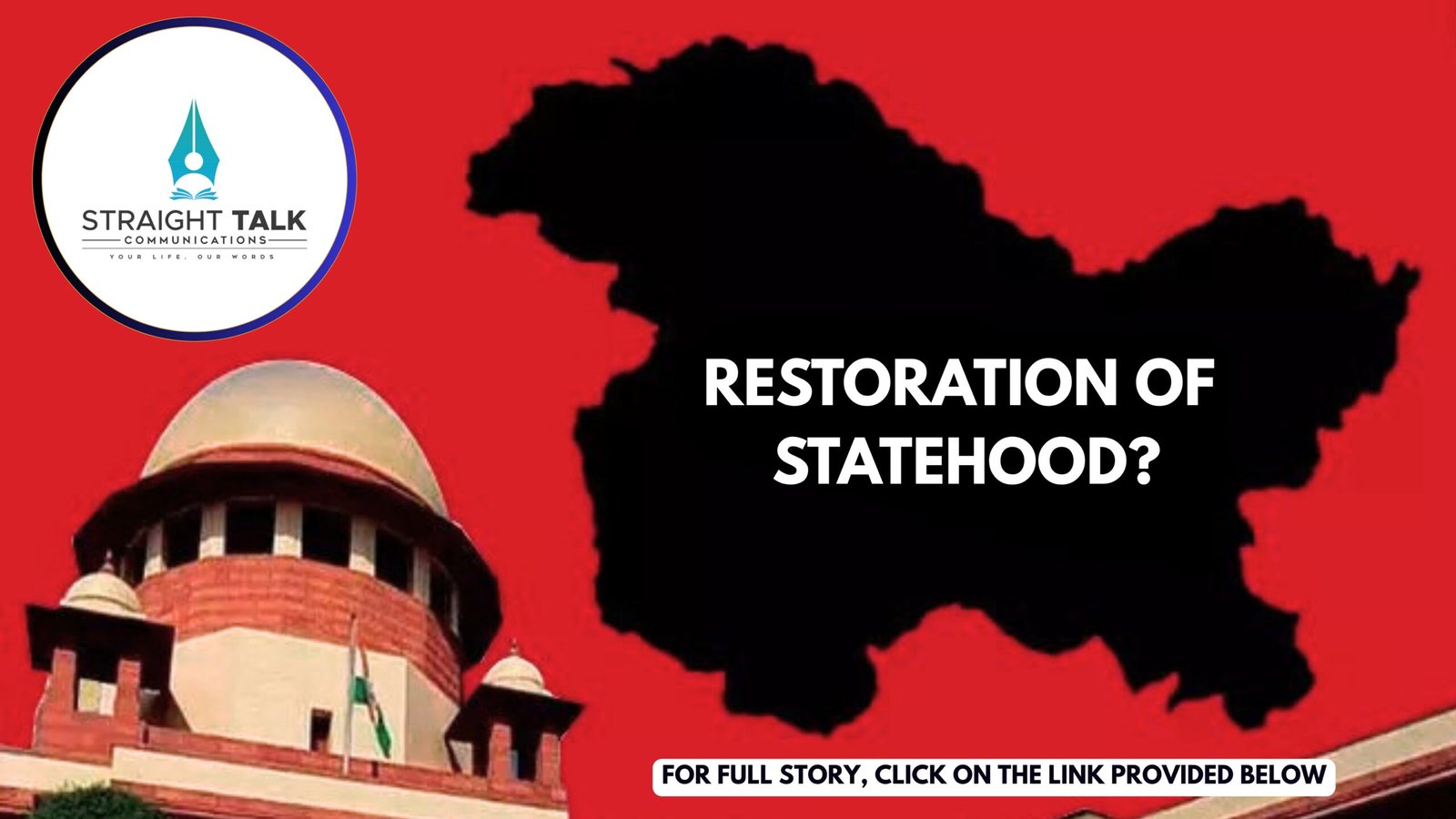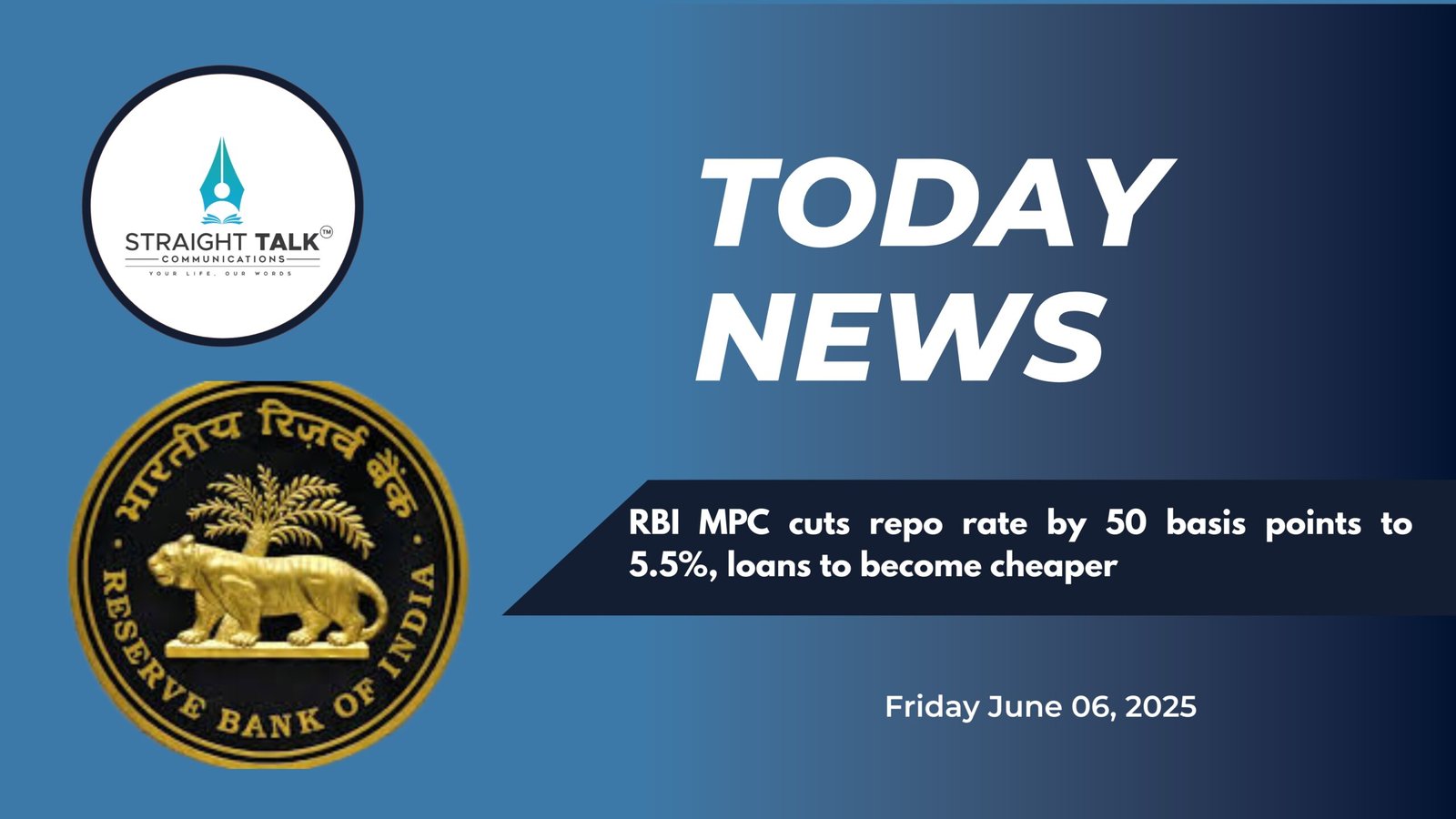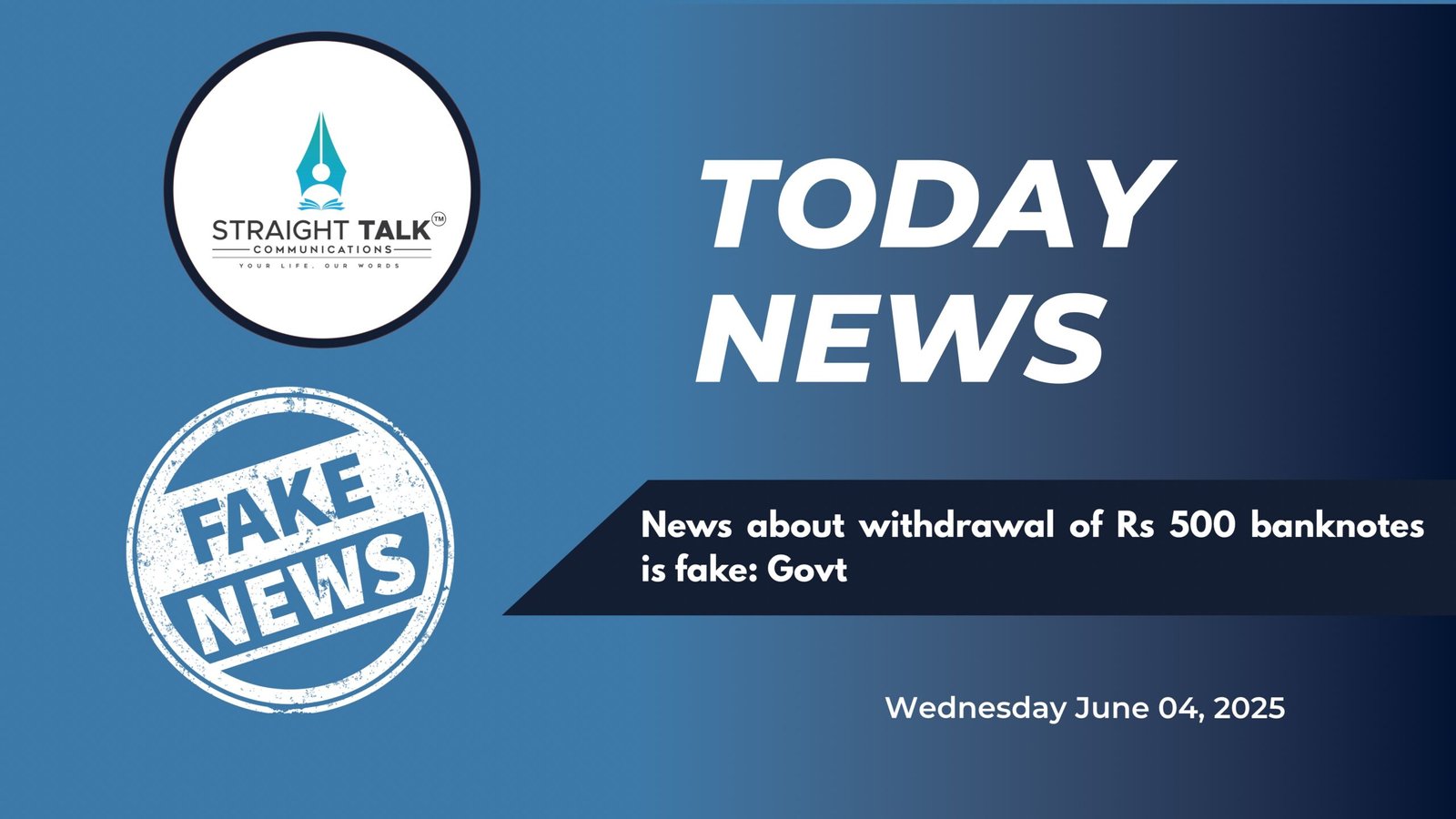Understanding Process For Restoration of Statehood to J&K

According to Article 3 of the Constitution, Parliament can form a new state out of the territory of any other state or UT, as well as to change the area or name of a state.
STC EDITORIAL DESK
SRINAGAR, AUGUST 06 (STC): Demand for restoration of statehood to Jammu and Kashmir is gaining momentum. Social media platforms remain loaded with debates on the issue. The statements of various political leaders, those who matter, and President Droupadi Murmu’s back-to-back meetings with Prime Minister Narendra Modi and Union Home Minister Amit Shah led to speculations around statehood demand. In fact these developments set the rumour mill rolling.
However, nothing was dished out by the Centre and uneasy calm prevails with everyone guessing about the future move of the Modi-led government vis-a-vis restoration of statehood to J&K.
Remarkably, the Centre had also assured the Supreme Court during the hearing on petitions challenging the abrogation of Article 370 that restoration of statehood will be done expeditiously.
Let’s understand the process for restoration of statehood to J&K.
For Jammu and Kashmir’s statehood to be reinstated, the Reorganisation Act would have to be repealed, and the Centre will have to introduce a fresh bill in Parliament. The Bill would then have to be passed in both Lok Sabha and Rajya Sabha.
According to Article 3 of the Constitution, Parliament can form a new state out of the territory of any other state or UT, as well as to change the area or name of a state. However, the bill can only be introduced on the recommendation of the President.
The President acts only on the aid and advice of the Council of Ministers led by the Prime Minister. This essentially means that it is up to the Centre to recommend the introduction of the bill for restoration of statehood.
Impact on Jammu and Kashmir:
The J&K Reorganisation Act, which was passed in Parliament on August 6, 2019, gave the Centre a heightened legislative role in J&K, and put the bureaucratic apparatus in the UT under the union home minister.
Subjects on the Concurrent List in the Constitution were taken off the plate of the legislative Assembly as well.
With the restoration, the elected government in J&K will be empowered and the powers of the LG will be vastly reduced.
“…The decision of the Lieutenant Governor in his discretion shall be final, and the validity of anything done by the Lieutenant Governor shall not be called in question on the ground that he ought or ought not to have acted in his discretion…,” read Section 53.
Financial powers of the legislature would then include authorisation of all expenditure, taxation and borrowing by the state government.
State legislatures, apart from exercising the usual power of financial control, can then use all normal parliamentary devices like questions, discussions, debates, adjournments and no-confidence motions and resolutions to keep a watch over day-to-day work of the executive. They can also form committees on estimates and public accounts to ensure that grants sanctioned by legislature are properly utilised.
In a state, the Governor also has limited powers to interfere with governance. However, in UT the situation is different, LG has expanded powers of discretion.
These UTs have previously been granted statehood by Parliament: Himachal Pradesh in 1971, Manipur and Tripura in 1972, and Arunachal Pradesh and Mizoram in 1987. Additionally, the state of Goa was carved out of the then UT of Goa, Daman and Diu in 1987.
(Inputs from Moneycontrol)







